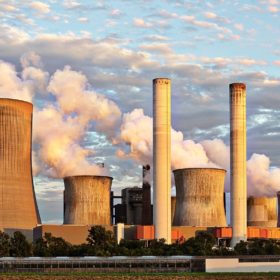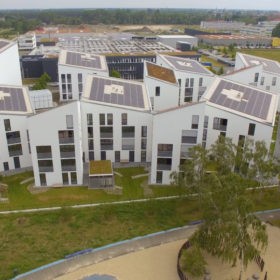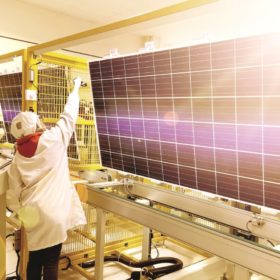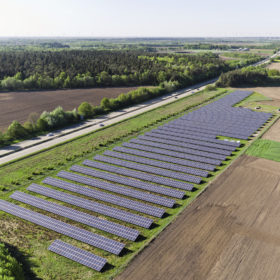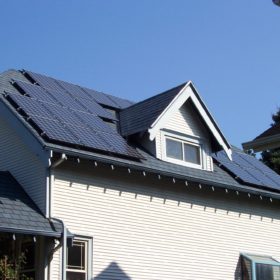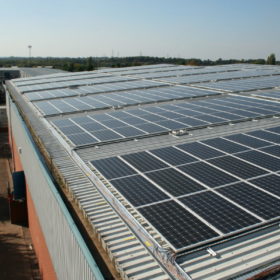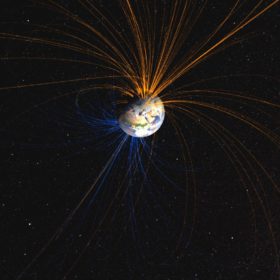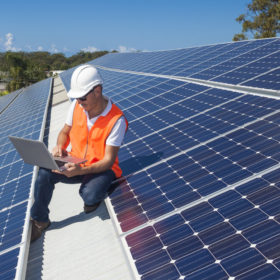India will add just 50 GW of solar in the next five years, according to company bosses
The expected return would leave the nation woefully short of its ambitious 175 GW clean energy target, which was laid down with a 2022 deadline. Chief executives who criticized aggressive clean power auctions said they would like to see more fossil fuel facilities thrown into the mix.
Panasonic unveils first smart city in Berlin
A new project in the German capital combines a range of intelligent energy solutions, including PV systems, storage tanks, and air-to-water heat pumps integrated into an efficient energy management system.
Chinese PV Industry Brief: Canadian Solar joins 500 W+ club, Trina to supply nearly 1 GW
Canadian Solar has unveiled its newest line of PV modules, with maximum power ratings of up to 590 W. Trina Solar, meanwhile, has signed a deal to supply PV modules for almost 1 GW of capacity throughout the world.
Covid-19 weekly round-up: Module prices fall as big solar starts to recover in Germany
Plus, there is hope of a bright new dawn with proposed legislative changes in Europe and the U.S. even as the solar equipment industry hits new lows and cyber attacks reportedly increase in frequency.
Easing of Covid lockdown helped German big solar in May
The nation added a year-high of almost 450 MW of new capacity during the month to take the five-month total for 2020 to 1,926 MW. The solar subsidy will fall another 1.4% from tomorrow.
Q Cells, Enphase launch AC module
The module manufacturer and micro-inverter supplier will connect their products in the factory to reduce installation costs, while providing a list of value propositions for micro-inverters.
Efficient rooftop solar+storage without MPPT
A German research group is trying to determine whether the combination of solar and storage with direct coupling and without the aid of maximum power point tracking (MPPT) electronics is feasible. According to its findings, this particular configuration might be efficient, but it will likely require special panels and batteries.
France expands limits of ‘energy communities’
The French energy regulator has expanded the maximum permitted distance between members of an energy community from 2 km to 20 km.
Shielding PV against Earth’s magnetic field
Researchers in Kenya are seeking to reduce the influence of the Geomagnetic field on PV panel performance by replacing aluminum module frames with a steel cage. They have specified they have been unable to quantify costs related to the solution, and that more research is needed.
Significant decline in potentially unsafe PV systems in Australia
A very small number of PV systems installed on Australian rooftops are considered to be potentially unsafe, the nation’s Clean Energy Regulator says in a new report. It identifies water entering DC isolators as the greatest risk and the most common cause of PV system failures.
